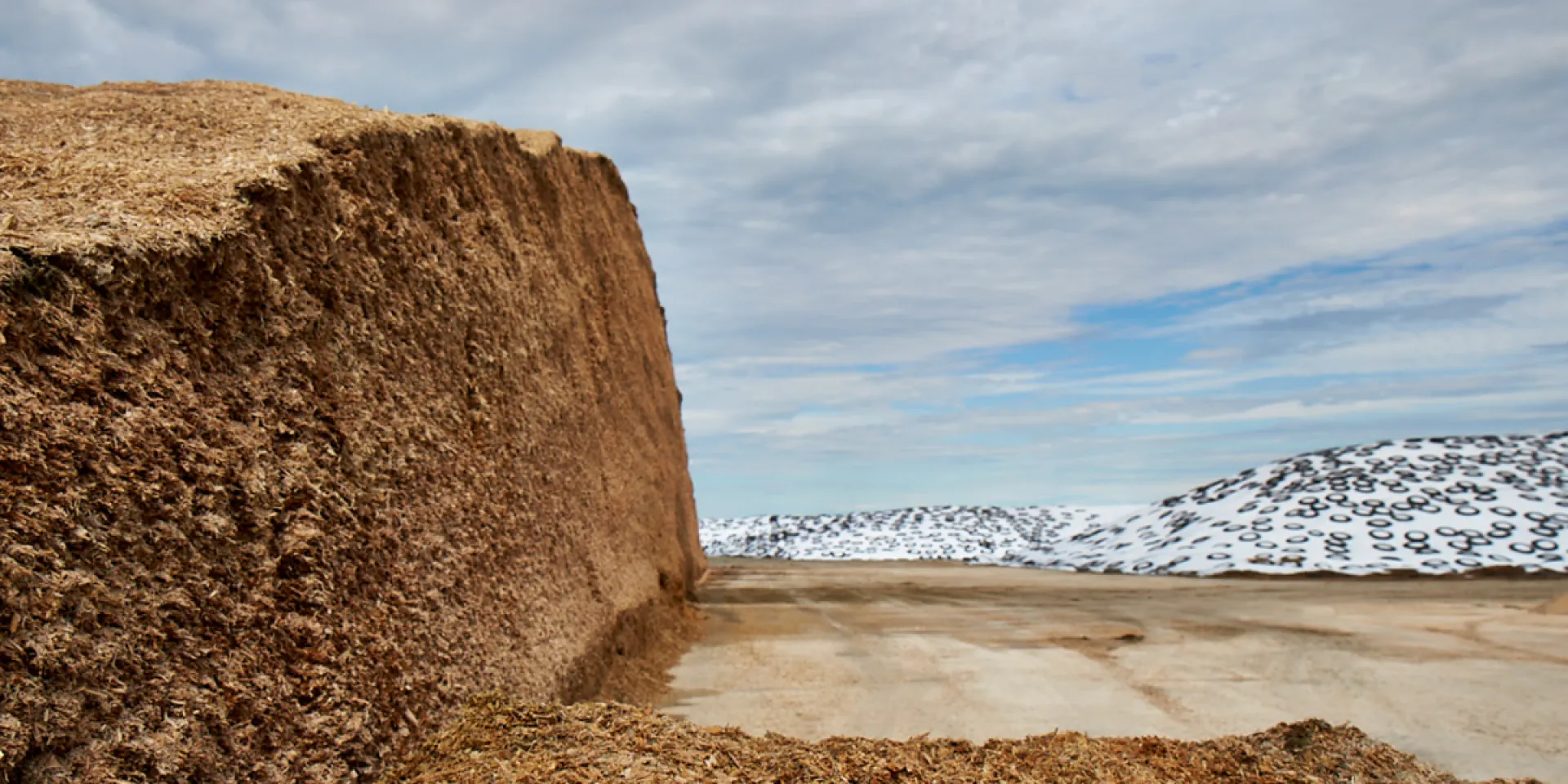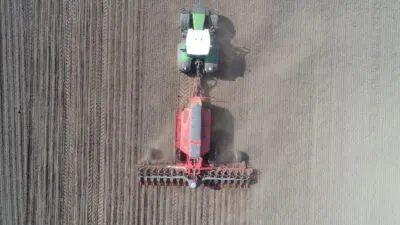It’s hard to prevent silage from reheating even in cool weather; when the mercury reaches for the sky, it gets even tougher. How do you manage your silage pile during the hot summer months?
Check Temps Frequently
The most important thing to do is to know when the pile is heating up. Frequently check for hot spots all over your pile to ensure that everything is at a consistent temperature. If you find any areas that are 15-20 degrees F warmer than when you packed it, it’s time to take action. If you do notice certain areas heating more frequently than others, feed from those areas immediately to lessen the issue.
Sniff That Silage
Reheating or spoiling silage is much easier to sniff out when it’s hot and humid outside the bunker. In contrast, silage that smells caramelized or like tobacco is likely black in color and signifies that it’s reheated more than once. In all cases, smelly silage is a signal of reduced energy and dry matter content in your silage.
If you smell something off, consult our blog about silage problems and solutions here or call your BONSILAGE expert.
The Hotter It Is, The Quicker You Move
When harvesting during the summer months, it’s important to harvest quickly, pack thoroughly and seal tightly. This is important all times of the year but it matters just a little bit more when the outside temperatures are high.
You only cut when your moisture and maturity is exactly right, so you want to make sure that you get that forage into the bunker as soon as possible to preserve those benchmarks. When it’s hot outside, moisture content can change in a hurry.
When packing, make sure that your density is correct for the crop and bunker shape. The sooner you seal your pile, the sooner you’ll achieve aerobically stable silage. Any oxygen exposure during the first stages of fermentation will prevent pH from dropping and increases the chance of spoilage, mold and yeasts.
Use an Inoculant
This is also true no matter what the climate temperatures are, but if the outdoor heat is working against you, using a proper silage inoculant is doubly important. By beefing up the production of lactic acid, silage inoculants quickly lower pH and help keep the fermentation process humming. Using an inoculant containing Lb. buchneri will inhibit the growth of molds and yeasts that cause spoilage.
If you have any questions about managing your pile during the hot summer months, or if you’re looking for the perfect silage inoculant, please don’t hesitate to contact your BONSILAGE expert.



